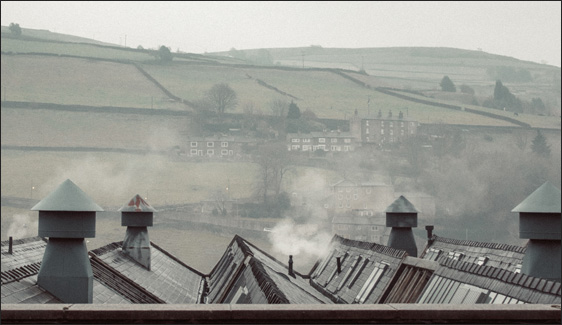Carbon Monoxide - CO
Background
Carbon monoxide (CO) is a colourless, odourless gas that is formed both naturally and by man when burning carbon-containing fuels in low-oxygen conditions. It affects the blood's ability to transport oxygen and has severe health effects in higher concentrations. At really high concentrations it can even be lethal. Luckily such high concentrations are rarely found in outdoor air. Thanks to the catalytic converters in modern cars CO levels have been reduced drastically in the last 20-30 years.

